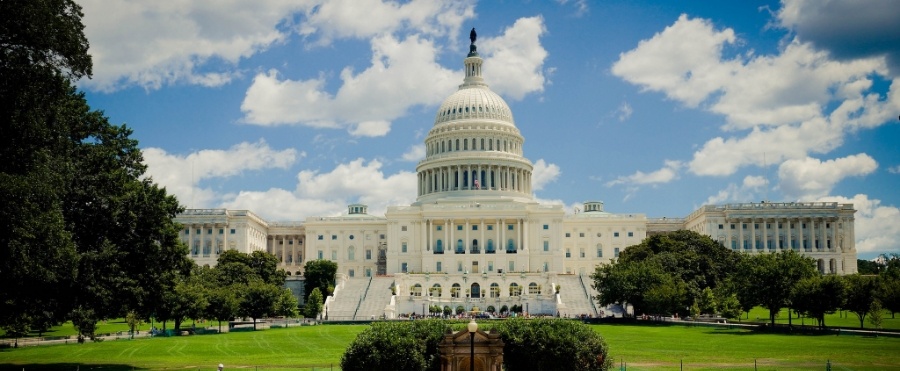
Fresh off Independence Day celebrations back home, Congress returned to Washington this week with a busy legislative agenda for the second half of the year. The main focus in energy will be the Senate Energy and Natural Resource Committee’s push for comprehensive legislation. The challenge: keeping it simple.
The Energy and Natural Resource Committee, chaired by Sen. Murkowski (R-AK), finished its four hearings on wide-ranging energy policy last month. Each hearing looked into a different area: energy efficiency, infrastructure, supply, and accountability. In total, these hearings considered well over 100 bills. Sen. Murkowski initially indicated strong support for a bipartisan bill rather than going for partisan points. Referred to as playing “small ball,” Murkowski hoped to avoid putting together a large bill where every member could find a piece to dislike, ultimately leading to failure. Even with a small ball approach, though, there is concern that the Senate could add controversial amendments during debate on the floor. Small ball or not, Murkowski’s comprehensive legislation could end up too heavy for Congress to lift.
Senate Democrats sent a letter to all 50 Governors asking for input on a national energy agenda. Using key findings from DOE’s Quadrennial Energy Review, the letter outlines six principles for a national energy policy: investing in clean energy, empowering consumers, modernizing infrastructure, cutting pollution and waste, and investing in research and development. This letter appears to lay the groundwork for the Democrats to oppose a bill that doesn’t address each of these areas to their liking.
Tax reform looks mostly dead, but history suggests that it won’t go quietly into the night. One recently released bill, the Master Limited Partnerships Parity Act, has generated bipartisan support. AEE and members are supportive of its goal, which is to provide a level playing field for advanced energy technologies. MLP projects gain access to capital at a lower cost, but renewable energy projects are currently excluded from this ownership structure. The bill was introduced last month in the House and Senate, with each chamber having four Republicans and four Democrats behind the legislation. The main obstacle at this point is procedural – how much time is the Senate willing to spend on this effort?
The Supreme Court also handed down a decision late last month that EPA needed to go back to the drawing board with its Mercury and Air Toxics Standards (MATS) regulation. The Court found that EPA did not consider the costs associated with the regulation early enough in the process of issuing the rule. The implications of the rule are murky at best, as nearly every utility has installed the necessary controls or signed contracts to comply with this rule. This led a former EPA official to say the rule “has done what it’s going to do.” What this decision means for the Clean Power Plan remains unclear, but AEE will continue its efforts to show that advanced energy can help to modernize the U.S. electric power system under the rule, which is due to be finalized this summer.
Sign up for AEE Weekly for all the latest news on energy -- from Capitol Hill and beyond.
